Optimal Seasons for Foundation Repair
Foundation repairs are most effective when performed during specific seasonal conditions. Timing can influence the durability and effectiveness of repairs, with considerations including soil moisture levels, temperature, and ground movement. Proper scheduling ensures minimal disruption and optimal results.
Spring often provides optimal soil moisture levels, reducing the risk of further shifting during repairs.
Summertime offers longer daylight hours and stable weather, facilitating efficient repair work.
Fall's cooler temperatures and moderate moisture levels can help in achieving lasting foundation stability.
Winter repairs are generally avoided due to freezing temperatures and ground hardening, which complicate excavation and repair processes.
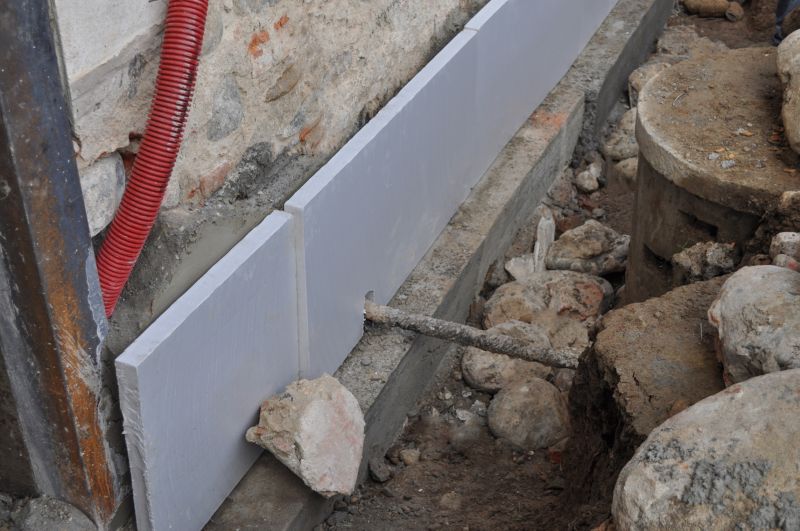
Springtime soil conditions support effective foundation stabilization.
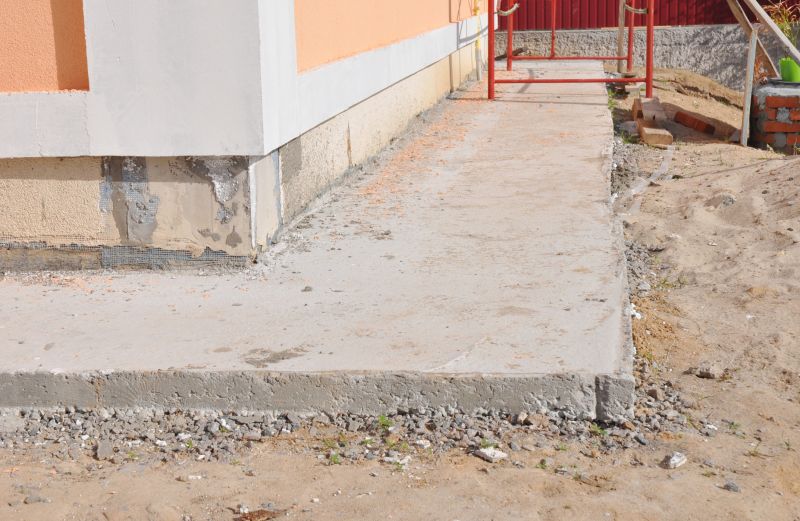
Summer's stable weather allows for efficient repair scheduling.
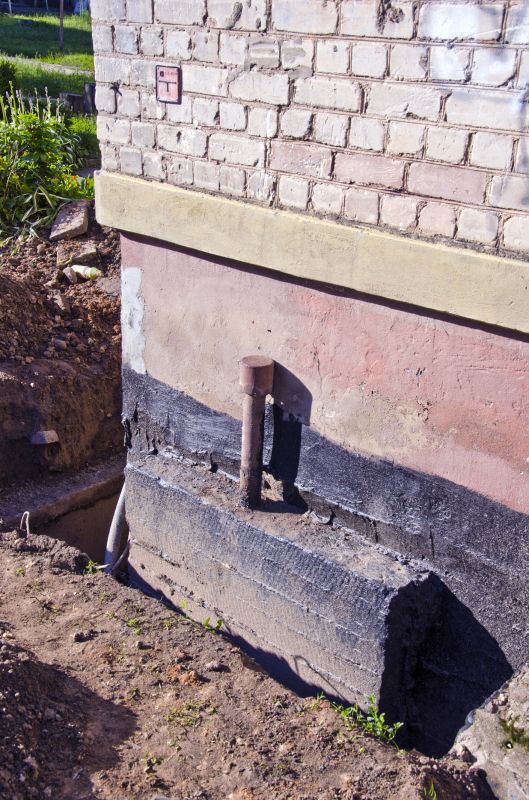
Fall offers moderate temperatures conducive to lasting repairs.
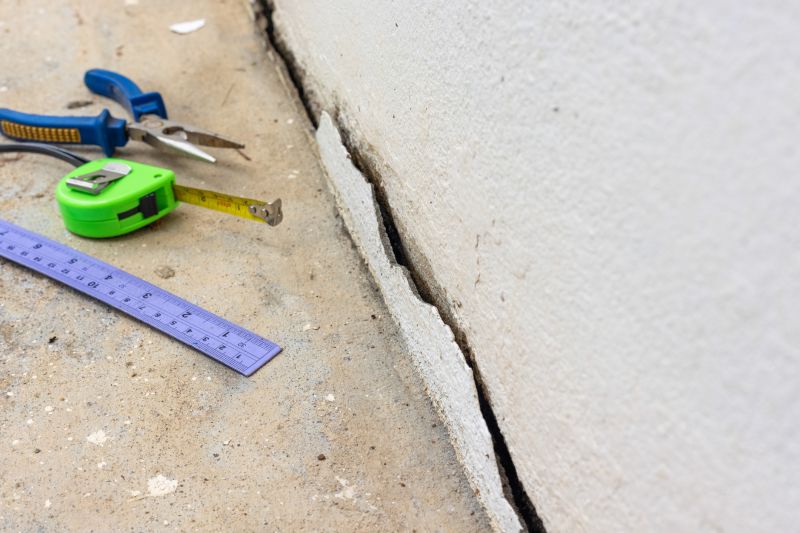
Ways to make Foundation Repairs work in tight or awkward layouts.

Popular materials for Foundation Repairs and why they hold up over time.

Simple add-ons that improve Foundation Repairs without blowing the budget.
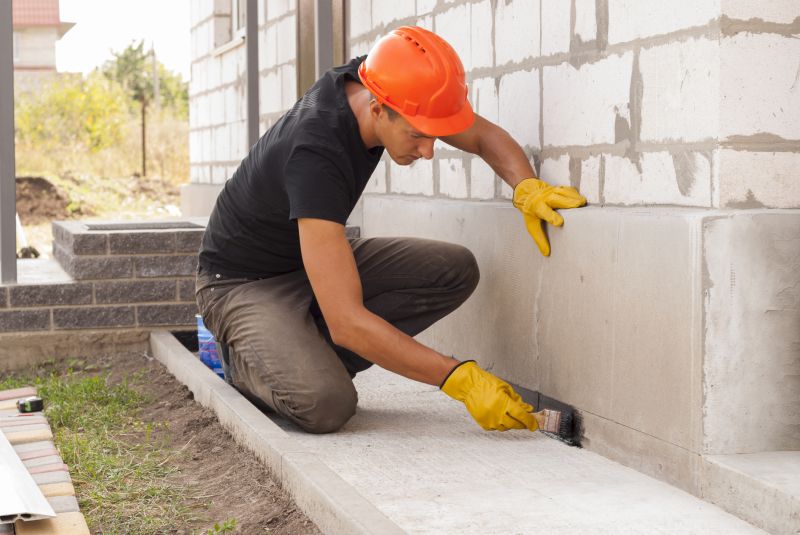
High-end options that actually feel worth it for Foundation Repairs.
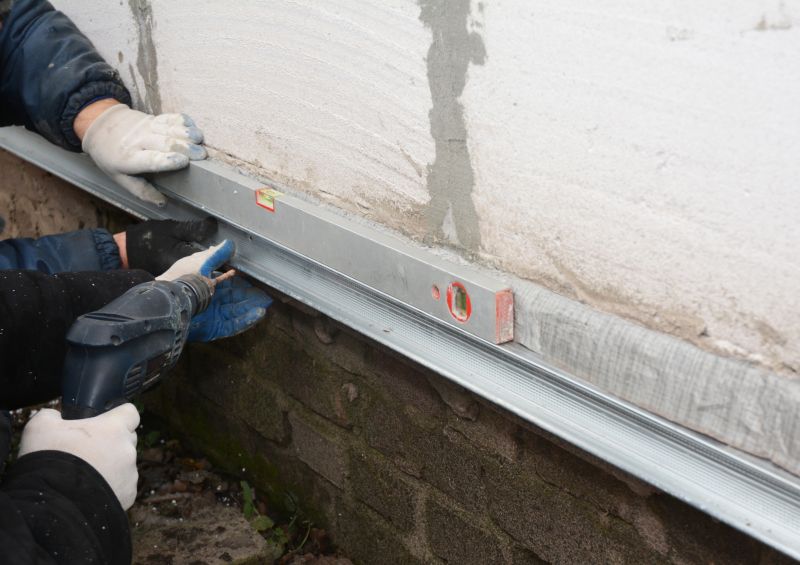
Finishes and colors that play nicely with Foundation Repairs.
| Season | Optimal Conditions |
|---|---|
| Spring | Moist soil, moderate temperatures, minimal ground movement |
| Summer | Stable weather, longer daylight, dry conditions |
| Fall | Cooler temperatures, moderate moisture, less ground shifting |
| Winter | Freezing temperatures, frozen ground, limited accessibility |
Foundation repairs involve restoring stability to a building's base by addressing issues such as cracking, settling, or shifting. Proper repair methods can prevent further damage, protect property value, and ensure safety. The effectiveness of repairs depends on timely intervention and appropriate techniques suited to ground and weather conditions.
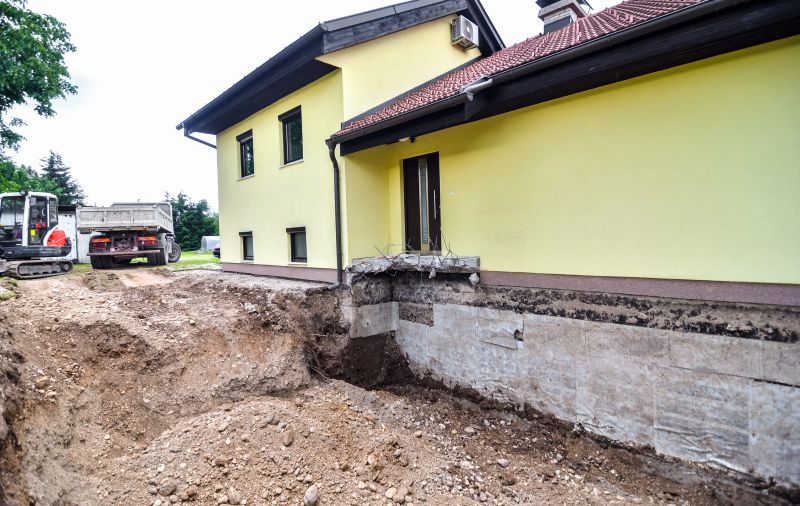
Visual overview of excavation, stabilization, and reinforcement steps.
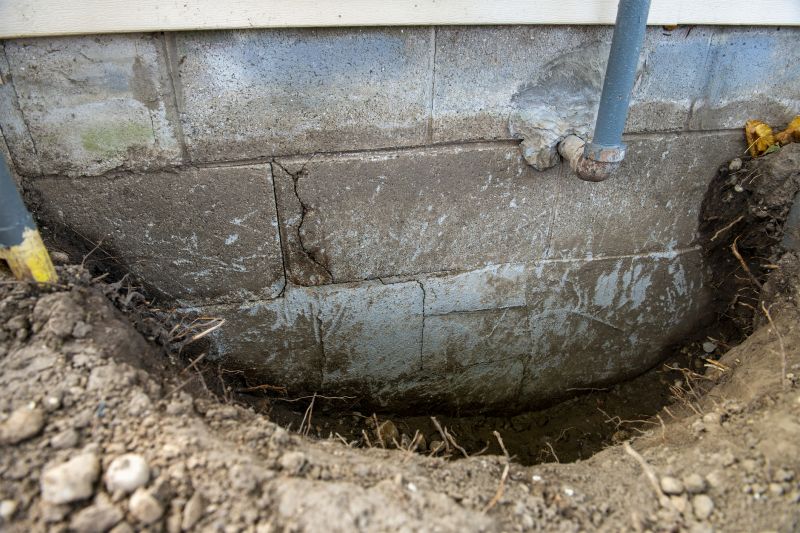
Common signs indicating the need for repairs.

Methods used to stabilize and lift foundations.
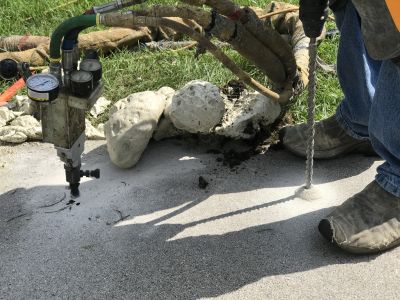
Tools and machinery involved in repair procedures.
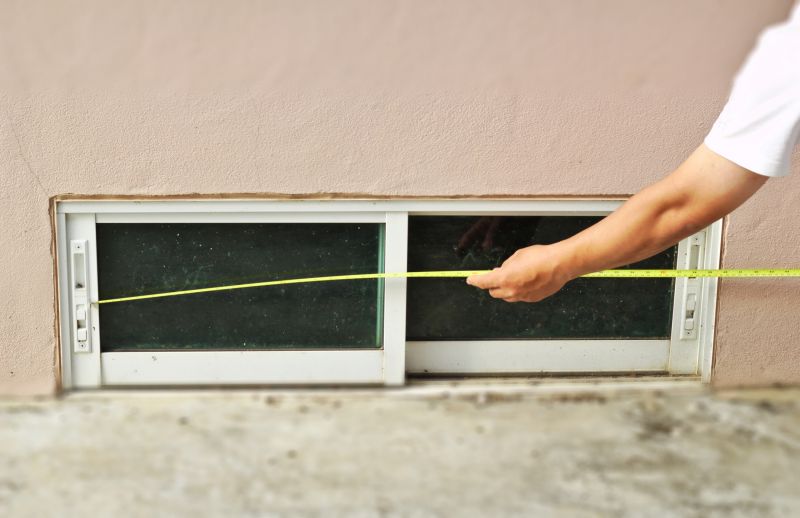
Little measurements that prevent headaches on Foundation Repairs day.
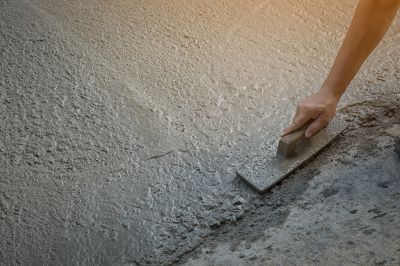
A 60-second routine that keeps Foundation Repairs looking new.

A frequent mistake in Foundation Repairs and how to dodge it.

Small tweaks to make Foundation Repairs safer and easier to use.
Cracks in walls or floors, uneven flooring, and sticking doors may indicate foundation issues.
Addressing foundation problems early can prevent extensive damage and costly repairs.
Techniques include underpinning, piering, and slab jacking, among others.
Soil type and moisture levels significantly influence foundation stability.
Interested in foundation repairs? Filling out the contact form can provide more information and help schedule an assessment tailored to specific needs.

